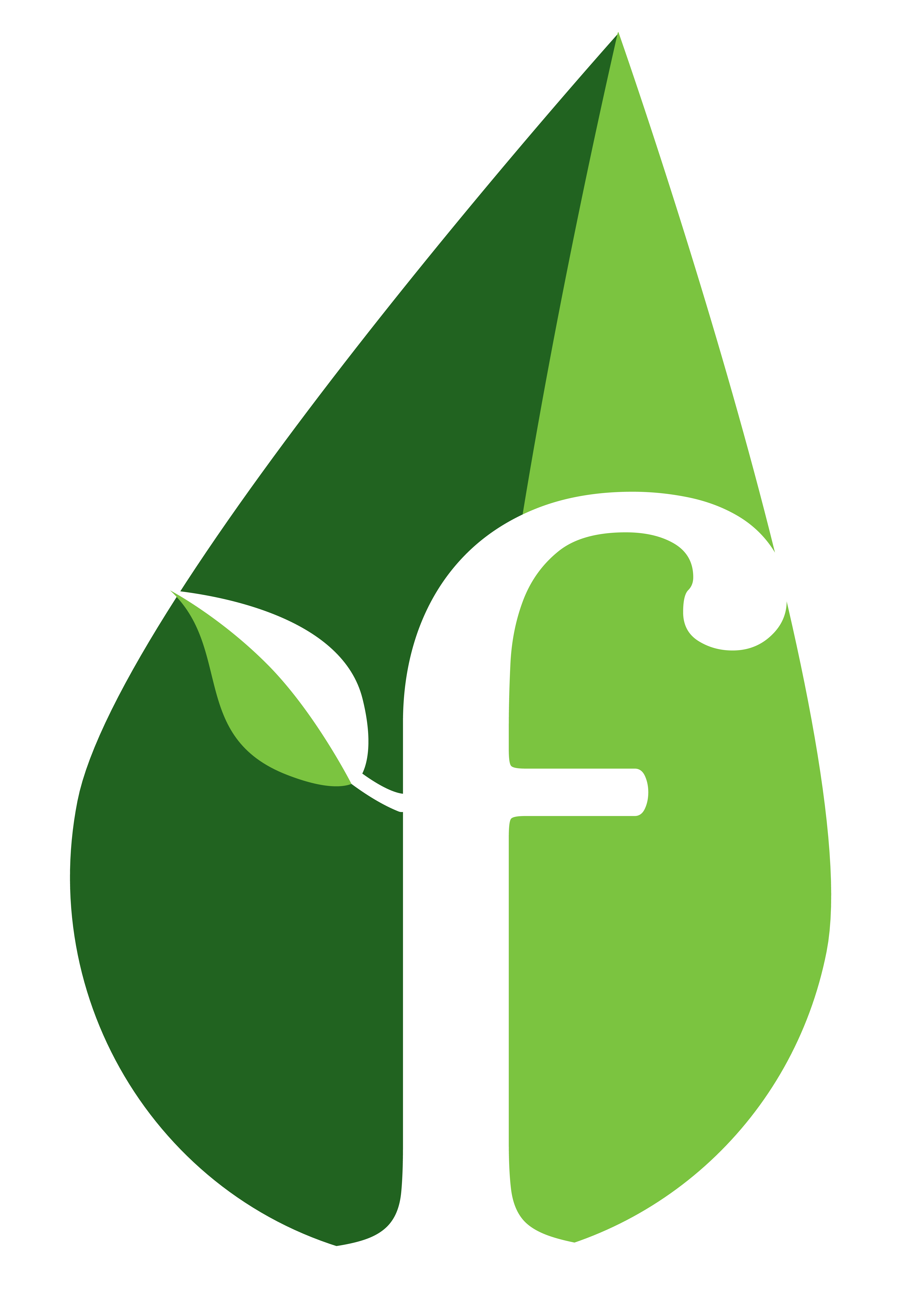
In this guest blog post, Designli CEO/Co-Founder and friend of the Founder Institute Keith Shields outlines the most effective ways for startups to optimize their landing page to increase conversions.
If you’ve recently launched your product or service, you probably don’t have the luxury of a large stream of targeted traffic to your landing pages. If you do have the traffic, you may not have enough conversions to run meaningful A/B tests.
Most conversion experts say that you need to cycle through at least a hundred converting actions over a period of four to six weeks before you can accurately declare a winner for a split test. Depending on your goal and what you’re measuring, those converting actions might be click-throughs, email address submissions, purchases, or any number of other metrics. Regardless of what you’re measuring, without a sufficiently-sized sample, your results won’t be accurate or helpful.
So without enough converting actions, how are you going to optimize your landing page to get more conversions? Here are a few ideas.
1. Analyze Where Visitors are Abandoning the Process
Google Analytics can give you valuable insight into where you’re losing people. Look for the point of highest abandonment, and start making changes to that point of the process. For example, if visitors spend significant time on the page and fill out a form to supply you with names and email addresses, you know that problem probably isn’t your copy, pricing, or your form. But if visitors then leave the page when they come to final payment, you have a good indication that you either need to offer more options for payment (like PayPal) or that you need to include security badges to reassure people that it’s safe to submit their financial information.
Dig into your analytics and identify all the points where you’re losing people, and create a list to serve as your optimization roadmap. Then start tackling the list, one element at a time.
2. Conduct Prospect Interviews
If you suspect that the problem lies with your copy, the easiest way to figure out why it’s not resonating is to talk with prospects. Conduct interviews with people in your target audience, asking about pain points and fears. Uncover objections. Find out what they’re looking for in a solution. And listen to the language the interviewees are using as they describe these things — you’ll want to use that language (assuming it’s PG-rated, of course!) in your copy.
You’ll only need to do ten to fifteen of these interviews before you start seeing clear overlaps in responses. The pain points you hear over and over again are the ones you should focus on in your copy. If you find that certain objections keep coming up, use some space on your page to address them. Consider what you could do to alleviate concerns: can you offer a guarantee of some sort, or provide additional proof? The insights you gain from prospect interviews will provide you with a plan of action to whip your copy into working condition.
3. Personalize Your Page to the Visitor
The more relevant your page is to an individual, the more likely that person is to convert. If you can personalize the elements on the page (headline, pain points, and calls-to-action, etc.), you’re more likely to see success.
This strategy only works if you’re using some kind of marketing software that tracks users’ activity on your site, such as HubSpot, Evergage, or one of the myriad other software options. But if you know that a visitor has checked out a series of blog posts on a particular topic or read case studies on a particular pain point, you have a good idea what will capture that individual’s attention. Once you know this information, you can set up a series of different versions of the elements on your page that will display based on users’ past behavior.
4. Do User Testing
One way to get a sense of what’s working and what’s not is to conduct user testing. There are a variety of software programs that can help you out with this process. These tools do everything from tracking mouse movements to recording facial expressions of users as they navigate your page. You can ask users questions as they go through the process and record their responses. Some of these software solutions offer free trials that you can take advantage of.
Be sure that the people you select for user testing are in your target audience. An obvious example is if your market is older individuals who aren’t using technology daily, you don’t want to test on college-age users. But even smaller differences can influence the results of a user test, so make sure your subjects are also prospects.
Once you’ve made changes to your page based on the insights you’ve gained from these four methods, you’ll probably have enough conversions to start optimizing on a more granular level via split testing.
Copyright: bloomua / 123RF Stock Photo



